2006
Originating from the language, dialogue, debate, or ideas of “The Long March—A Walking Visual Display”, it is always a materialistic dialectical relationship, while simultaneously containing its own revision and reaffirmation. Examples include: recordings or transcripts of the Zunyi International Curatorial Conference on the Long March; a dialogue between two ordinary people from Maotai about the Long March; and the musings of Long Marchers amidst crowds and in solitude.
Building Code Violations
Lu Jie
2006
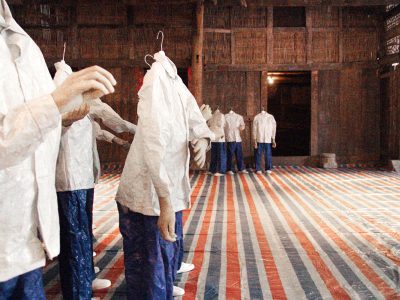
Chen Qiulin: Migration
Location: Long March Space, Beijing (formerly known as 25000 Cultural Transmission Center)
Duration: July 23 – August 20, 2006
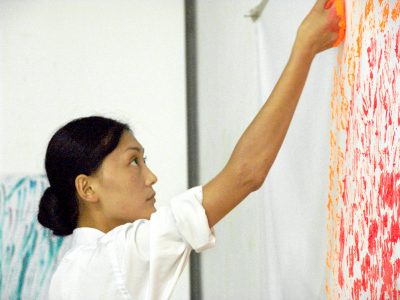
Tang Song: Aesthetics
Location: Long March Space, Beijing (formerly known as 25000 Cultural Transmission Center)
Duration: July 23 – August 24, 2006
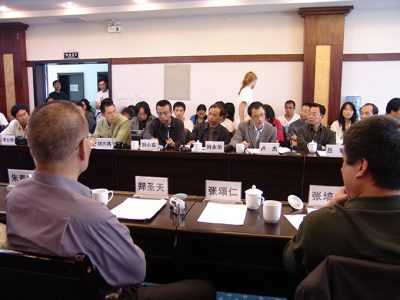
Long March Project——Yan’an
The terminal of the 6000-mile Long March by the Chinese Red Army, Yan’an is a laboratory for conceiving an ideal society and an archetype of the socialist utopia. It is also the starting point of the new Long March. “Long March Project—Yan’an” examined the effects of globalization on social and cultural development in China through a dialogue between history and the present. May 2006, the project invited renowned art educators across the country to attend a forum on art education, realized artworks and exhibitions, and organized “site-visits” in Yan’an. It was also concluded as a group exhibition in Beijing of exclusively commissioned works in 2007.
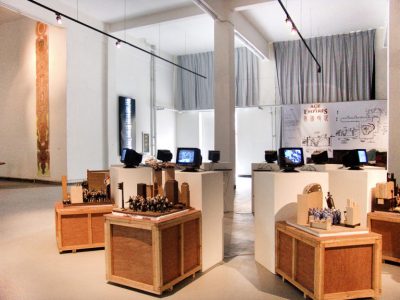
Building Code Violations I
Location: Long March Space, Beijing (formerly known as 25000 Cultural Transmission Center)
Duration: Apr 8 – May 16, 2006
Artists: Guo Fengyi, Hu Xiangcheng, Lu Jie, Qiu Zhijie, Wang Gongxin, Xu Zhen, Yang Shaobin, Zhan Wang, Zhao Gang, Zheng Guogu, Zhou Xiaohu, an anonymous artist
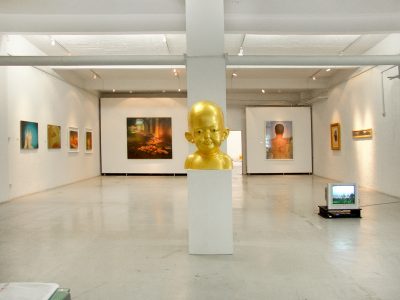
Long March Capital I&II
Location: Long March Space, Beijing
Duration: Feb 11 – Jul 2, 2006
Artists: Chen Qiulin, Chen Xiaoyun, Deng Dafei, Guo Fengyi, He Jinwei, Hong Hao, Jiang Jie, Jin Zhilin, Li Qiang, Li Tianbing, Li Shurui, Li Zhenhua, Lin Tianmiao, Liu Ding, Liu Liping, Ma Liuming, Liu Wei, Song Yonghong, Qin Ga, Qiu Zhijie, Shao Yinong&Mu Chen, Wang Jingsong, Wang Mai, Xiao Xiong, Yu Hong, Zhan Wang, Zhuang Hui
Long March Project: Yan’an Forum on Art Education Summary and Closing Ceremony: Lu Jie’s Remarks
Yan'an
Lu Jie
2006
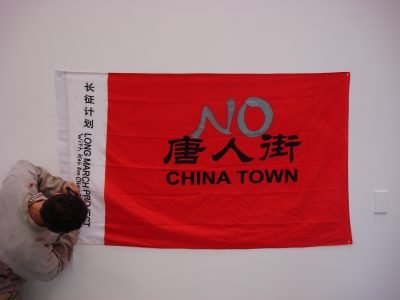
Long March Project – Chinatown
“Long March Project – Chinatown” was carried out between 2005-2007 in three locations: Yokohama, San Francisco and Auckland. The project mobilised elements of exhibition, education, activity, investigation, and performance in its execution. Long March Project’s participation in biennials and academia is not for the purpose of achieving a unique exhibition within existing frameworks, but to employ project frameworks to attain locally-mobilised influence. The various practices that “Chinatown” realizes further complicate the Western idea of the East, the multi-layered richness offered up by the word “Chinatown” entering into the minds of local communities and transferring into public consciousness.

Long March Project — Yang Shaobin Coal Mining Project
“Long March Project — Yang Shaobin Coal Mining Projects” was carried out from 2004 to 2008, consisting of two stages: “800 Meters Under” and “X–Blind Spot”. This project features a series of problems brought about by radical changes in agricultural production methods, industrialization, and social change. Immersing themselves into the coalmining world, Yang Shaobin and the Long March team addressed key problems caused by modernization – calling on geographical, environmental, ecological and ethical issues, as well as rapid industrialization, manufacturing economics, the collective consciousness and human rights.
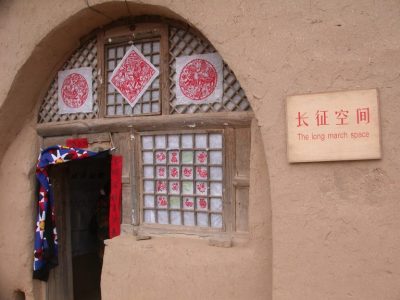
Long March Project – the Great Survey of Paper-cutting in Yanchuan County
Initiated in 2004, “the Great Survey of Papercutting in Yanchuan County” was a social project, mobilizing contemporary artists and grassroots culture, sending art cadres down to the countryside and drawing together artistic and sociological mechanisms to undertake a comprehensive survey of paper-cutting across the entire county, the result of which was a sample analysis of the state of local folk art that was later showcased in a large-scale exhibition. In 2006, the second phase of the project commenced, “Yanchuan County Middle and Primary School Paper-curring Art Curriculum”.
